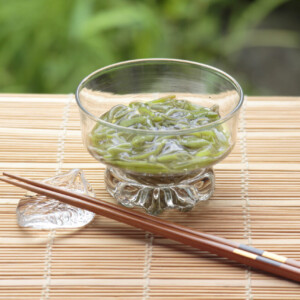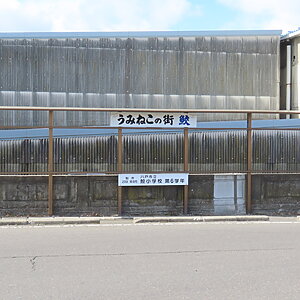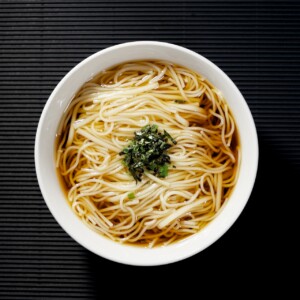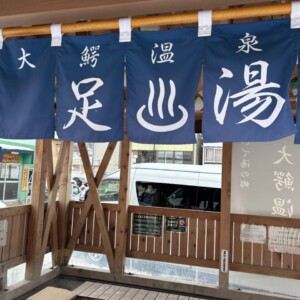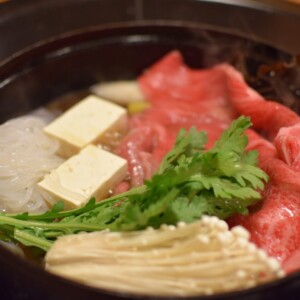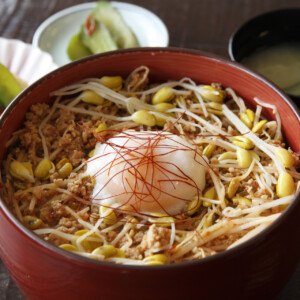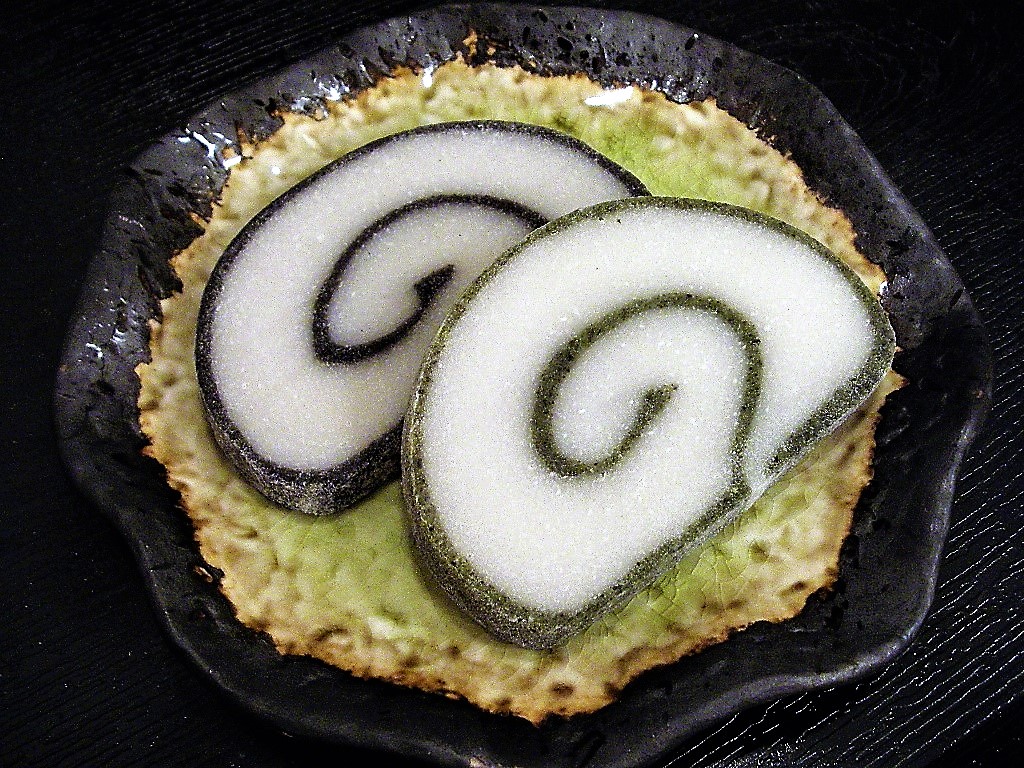
Is it too much? Is it? What is the Japanese sweets "unpei"? Traditional flavors rooted in the local community [Aomori/Akita]
table of contents
are lined with sweets called Unpei during the New Year holidays, before Obon, and during the equinox period Colors such as pure pink and fluorescent green, and a unique texture that is crisp and easy to clean, and the look and taste you will never forget once you see it. In this article, we will introduce in detail the characteristics, origin, eating scenes, and differences between regions.
What is "unpei"? Introducing the characteristics and origin of the name
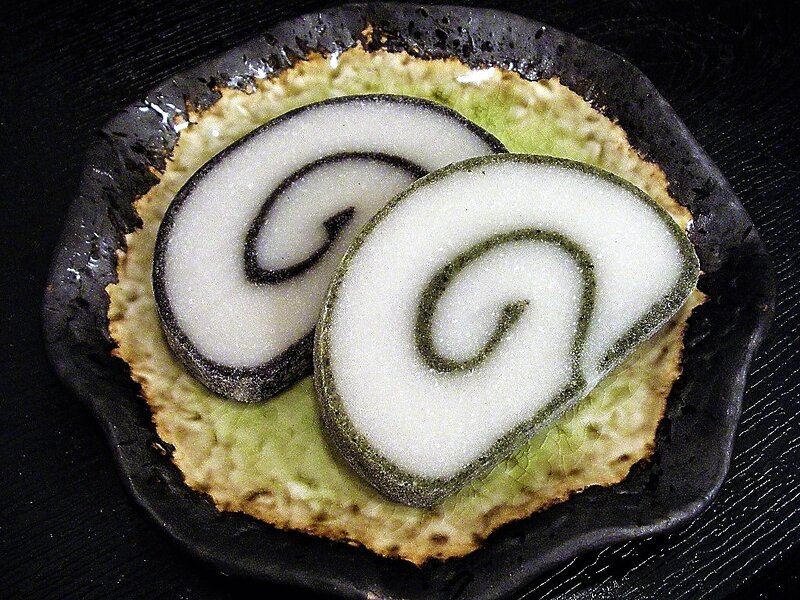
Traditional sweets from Akita and Tsugaru in Aomori prefecture
Unpei is a traditional Japanese sweet that is popular in Akita and the Tsugaru region of Aomori Prefecture. The main ingredient is glutinous rice called "Kanbaiko" which is steamed and squished, then baked to prevent it from being browned, and then turned into a powdered form. Add sugar and water to it, knead it, then mold it, dry it without heating it, and then finish it.
This method, which does not baking or steaming, creates a unique texture of unpei as it slowly hardens after drying naturally. Instead of packing it into a mold, the method of making it varies from home to store, such as rolling it or rolling it up, or thinly spreading it out and cutting it. It is often thought that it looks like a "suama" look, but unlike the fluffy, mochi texture like suama, it is characterized by its tight, dense texture.
Origin of the name
There is a theory that the name " unpei its shape is not fixed like a cloud In fact, in addition to the swirl shape, there are various types, from gorgeous ones in the shape of sea bream and flower shapes, and there are no fixed shapes.
The general notation is "unpei" and "unpei". It is sometimes used for Buddhist ceremonies and celebrations, and has become a lucky sweet in the community.
Unpei is an essential day for hare in Akita and Tsugaru!

Useful for New Year's, Memorial services, weddings, etc.
Unpei is not a snack in everyday life, but rather a Japanese sweet for Hare Day . It is popular as a New Year's sweets, and is also often used as offerings at Obon and memorial services in the equinox. In the Tsugaru region, it was once distributed as a wedding gift, and was a formality that also appeared at celebrations.
Their outfits give the impression of a "special sweet" as they are wrapped in red and white wrappings and have gorgeous patterns. After offering it to the altar with the family, they slowly taste it with tea. This kind of scenery continues to be cherished in families in Akita and Tsugaru.
It has become a "sweet for special occasions" rather than everyday life
Even today, Unpei is mainly in supermarkets and Japanese confectionery shops to accommodate events such as the New Year holidays and before Obon. Few stores sell it all year round, making it a truly "event sweets." I looked for where to buy this time, but most supermarkets don't sell it...Even though they sell so much during New Year's, Obon and the equinox, they don't sell this much just because the seasons are different.
The taste and texture become addictive! The charm of Unpei
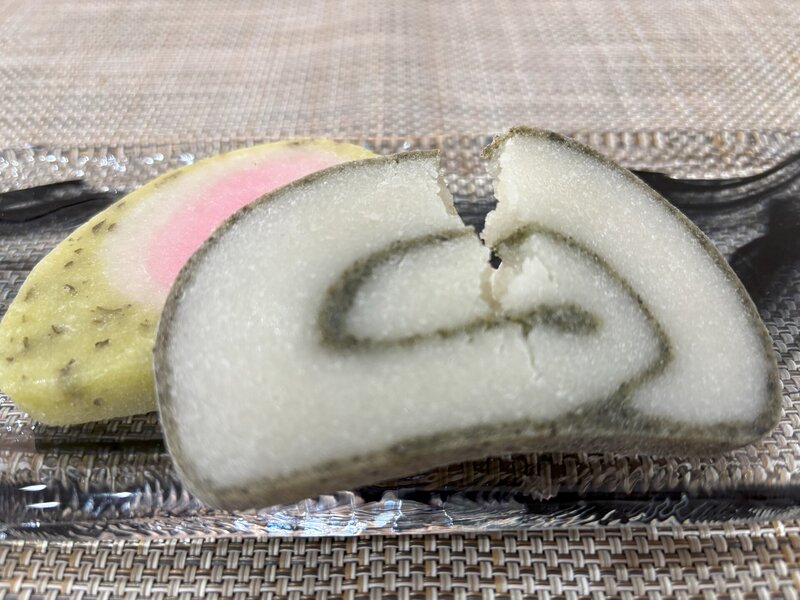
A crisp, crisp texture that unravels in your mouth
The biggest feature of Unpei is its texture. Since it uses cold plum flour derived from glutinous rice, it has a slight chewy texture at first bite, but it still retains the texture of sugar, giving it a unique, crisp texture.
It is dense and does not have a fluffy texture like a swam, but rather gives the impression that it is tight and does not easily fall apart. However, it still has a lightness that falls apart while you put it in your mouth. It has a texture that is lighter than rice cakes and heavier than sauma.
It has a low sweetness and a simple taste
Despite its flashy appearance, the taste is very simple. The sweetness is modest and gives a light and elegant impression. Despite its flashy look, the taste is calm and goes perfectly with green tea and roasted green tea.
It has a rustic, nostalgic taste that is completely different from rich modern sweets. It is packed with the charm that will make you feel strangely relieved when you take a bite.
Is the difference between Tsugaru and Akita clearly? What are differences between regions?
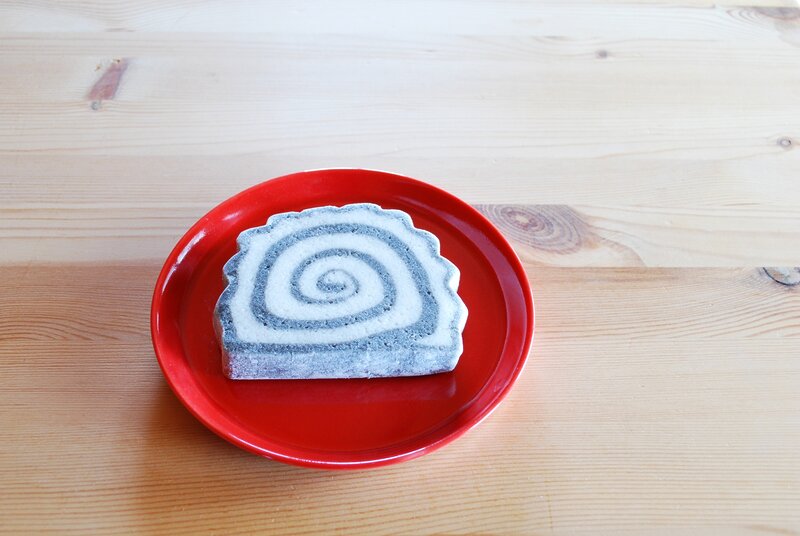
Is Aomori fluorescent and Akita modest?
The color of unpei varies greatly depending on the region. In Akita, a slightly calmer tone, such as green, gray, and black, tends to be used more often. Meanwhile, in the Tsugaru region of Aomori Prefecture, it is characterized by vibrant colors that will make you wake up, such as shocking pink and fluorescent green.
This flashyness is also related to the food culture of the entire Tsugaru region, and may be related to the fact that the red rice is considered to be a flashy colour, just as red rice is pure pink and red with inari sushi served with red ginger.
Various appearances are attractive
The shapes of the unpei also vary depending on the home and store. While the most common types are swirl patterns, one of the charms of Unpei is its high degree of freedom, such as those that resemble sea bream or flowers, those that have a rolled stick-like shape, and those with a pattern in the center.
Another interesting thing is that the individuality of the maker is reflected, such as by hand molding it instead of filling it into a mold, rolling it to create a shape, or cutting it into a decoration-like shape.
summary
Unpei is a traditional sweet that has been born in the climate of Aomori and Akita and has been passed down through seasonal events and family memories. A unique method using cold plum flour, a slender, mysterious texture, and a modest sweetness that goes against the appearance. Furthermore, the color and shape also show regional characteristics, so Unpei can be said to be "Japanese sweets that are deeply ingrained in culture."
If you have the opportunity to visit Akita or Tsugaru, be sure to pick up some of the unpei that is on display at the store. While you will be surprised by its flashy appearance, the gentle sweetness and mysterious melting of your mouth will surely soothe your heart.



![[Fukushima Prefecture] “Sanmangoku” is a sure-fire sweets store | Lots of famous sweets such as Mamadoru and Exon Pie food-g63d770ae6_1920](https://jp.neft.asia/wp-content/uploads/2022/03/food-g63d770ae6_1920-150x150.jpg)
![If you're lost for souvenirs, don't miss these! 3 Japanese sweets that will make you look like a real connoisseur: Part 2 [Fukushima Prefecture] Taiyodo's Barley Crackers (Web/Print 3:2) (1)](https://jp.neft.asia/wp-content/uploads/2025/11/73d89d27ebcb830f312016d749f3703d-150x150.jpg)
